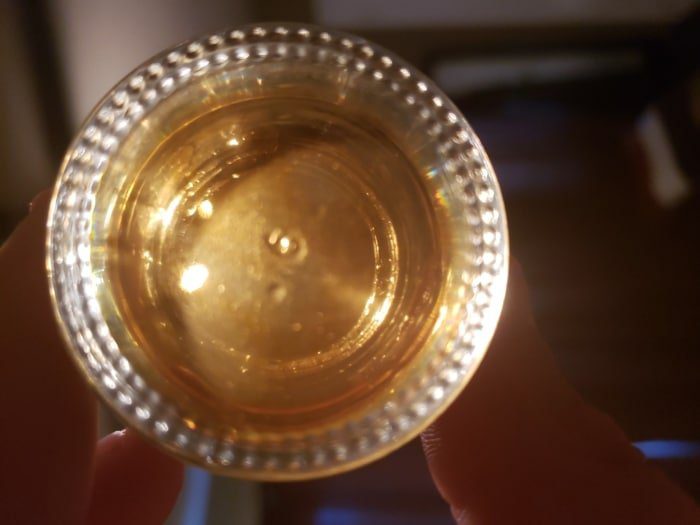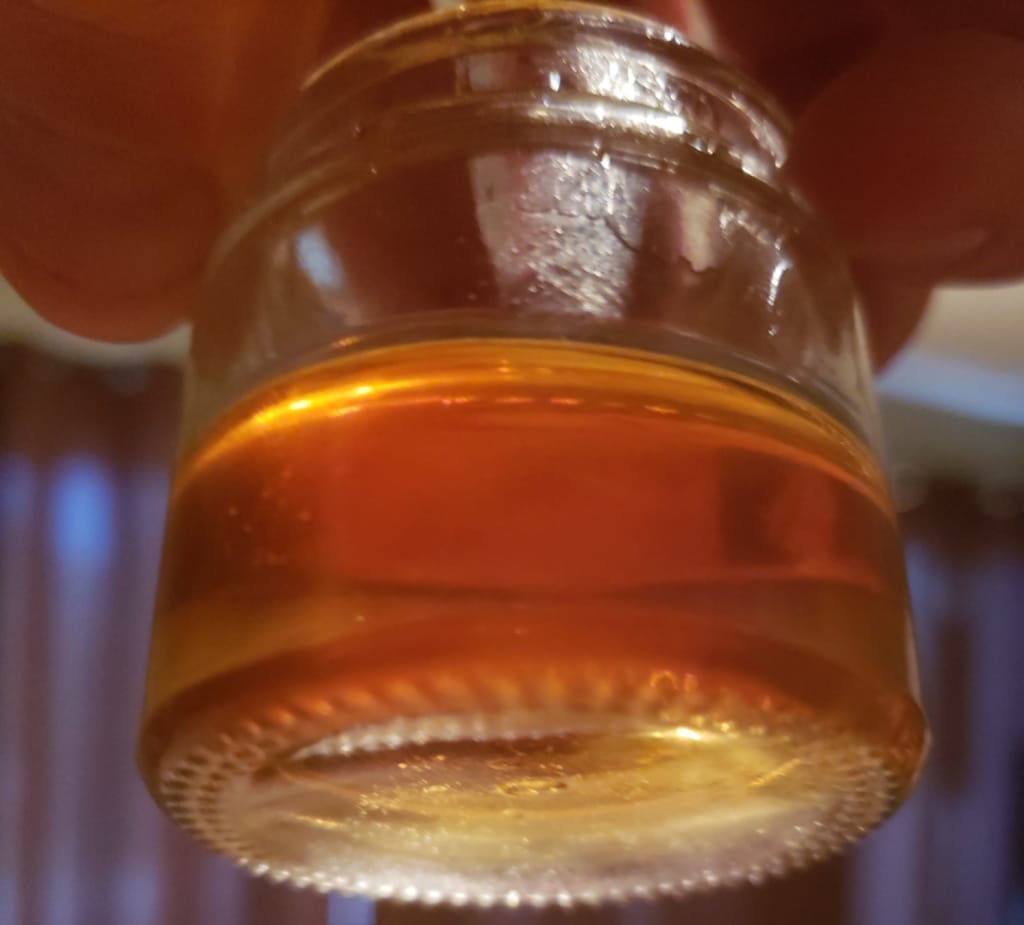Cannabis Distillate – How does it differ from Shatter?
If you’ve been around the world of cannabis for any period of time, you’ve likely heard of “distillate”. But what exactly IS distillate? How is it used, is it a better product than what’s been available, and what does it mean for the cannabis industry? This article will dive deep into how distillate is made, how it’s consumed, and what differentiates it from other concentrates.
First and foremost, and in short: Cannabis Distillate is a concentrate created by distilling cannabis extract and collecting the evaporated cannabinoids. How pure and potent your end product ends up depends on how many times you conduct the distillation process, and that it’s not done for too long or at too high of a temperature. High temperatures and time convert THC into CBN (Cannabinol) which is the last thing the general cannabis consumers wants in their product. CBN is a cannabinoid that actually as an antidote of sorts for delta 9 THC. It has anti-anxiety properties and is believed to actively work against the psychoactive effects of THC.
How is Distillate used?

As distillate is essentially purified cannabinoids, the most obvious use case for distillate is for quick dosing of high levels of cannabinoids. Because of the nature of how it’s made, distillate is completely decarboxylated and ready for consumption, eaten directly or through inhalation. If THC is what you need few other products are able to get it into your system as quickly as distillate is. The quickest way to use distillate is by dabbing it (which means to heat a dab nail or banger to temperature, smear the distillate on said nail and inhale), but because of it’s already semi-fluid composition it also flows and works well in certain vaporization cartridges. Indeed, many of the commercial cartridges you see (if not the vast majority of them) are made with solely distillate, and some terpenes added for flavour.
This isn’t the only way to consume distillate though: It’s also a very useful product if you enjoy edibles. You get all of the THC and accompanying cannabinoids, and none of the unpleasant flavours that typically come with a traditional edible. You can just eat distillate directly, it will work, but infusing it into a fat first will help your body absorb it much more efficiently.
How is Distillate made?
Distillate, as you may have guessed, is most often obtained by distilling concentrated cannabis and collecting the condensated distillate. But it’s not quite as simple as it sounds. Distillates are made through a process known as molecular distillation. Commonly used to make acetone, gas or diesel fuel from petroleum, molecular distillation is only beginning to emerge as a cannabinoid extraction method that’s widely adopted by producers. Distilling the product requires taking winterized concentrates – butane or Co2 hash oil refined with alcohol or ethanol and then cooled down at extreme temperatures – and then distilling them to concentrate the THC as much as possible. Think of it like distilling wine into brandy: You’re taking an extracted substance and refining it even further to remove impurities.
Commercial extractors use a machine called a “wiped film evaporator,” which takes advantage of the different boiling points in cannabinoids to separate them. First, the wiped film evaporator separates the cannabinoids from the terpenes by boiling the concentrate at a high pressure but at a relatively low temperature. The process is repeated to remove any impurities, such as leftover solvents or lipids, in the concentrate, and it’s repeated as many times as the extractor deems necessary. The result is crystal clear, highly potent distillate.
Good distillation can take BHO or Co2 oil with a 70 to 85 percent THC potency and refine it to upwards of 95 percent. As mentioned earlier, terpenes are left out in the process, meaning the concentrate is devoid of smell or flavor. Without any terpenes, THC doesn’t have as much kick due to the lack of the entourage effect, so this is a problem. But terpenes can also be extracted from cannabis just like CBD, THC or CBN. so most extractors will infuse distillates with extracted terpenes so that dabbers, vapers or smokers can get all the potency without losing the myriads of flavours and smells they’ve become accustomed to enjoying.
Terpene Loss
When it comes to wiped film extraction, the final product has no measurable amount of terpenes left. The cannabis terpenes are generally lost in the extraction process due to the amount of heat used. But extractors are starting to introduce terpenes back into the product after extraction, to create specialized and highly sought after flavors.
This customization/alteration option has begun a bit of an argument within the cannabis community, understandably. As stated above, most distillation extraction methods simply kill the natural cannabis terpenes during the process. It’s been argued that extractors who decide to add foreign terpenes back into the product are altering the raw product and its original make-up. For many consumers this is a deal breaker, as many cannabis consumers are purists and want to retain the full spectrum experience.
Many companies are taking advantage of this option to add in your own terpenes. Consumers love the variety of flavours they can get, and some of the flavours you can get distillate in don’t exist in cannabis. For instance, if you’re a favour of grape or blueberry, while it theoretically is possible to derive those terpenes from cannabis, there are already many commercially available terpene blends of these flavours. This allows a company to fully customize their menu and tailor the flavours or strains of their distillate cartridges entirely to their customer base.
Distillate Edibles
As discussed earlier, distillate is entirely activated (decarboxylated) and ready for oral consumption straight away. But, through infusion into a fat or alcohol based solvent, you can make your distillate much more available for your body to absorb. The process to make distillate edibles is fairly straightforward and almost identical to the process used to infuse dry flower, but the benefit is that you need a lot less oil. Distillate will infuse at a 1:1 ratio with coconut oil, as there isn’t any plant matter for the oil to soak into. When you are ready to infuse your distillate, infusion at 200 degrees fahrenheit for 3 hours is about the ideal amount of time to insure all of your thc has bonded to the fat or oil in question.
Once you have your distillate infused, the process is idential to any other edible: Add the infused oil to the product and bake as normal. The benefit distillate has over using flower or even hash oils or concentrates for edibles is that distillate has almost no discernible flavour, meaning your treats will taste much better in the end. While there do exist people who enjoy the flavour of cannabis, it is generally not enjoyable. The ease of use is the biggest benefit to using distillate for your edibles though. Eliminating the decarboxylation step removes a lot of the guess work and imprecise science out of your edible making.
What does Distillate mean for the Cannabis Industry?
Cannabis distillate changes quite a lot for the cannabis industry. Since distillate can be processed from cheaper material (trim, shake, and other less than desirable products can be processed into a butane honey oil concentrate ready for distillation) , it has a potential to replace the niche that shatter and other concentrates fill for dabbing. Especially as people in this industry begin experimenting more with introducing full spectrum cannabis terpenes to their end distillate product. Distillate could be seen as the next logical step of cannabis consumption. From dried cannabis, to hash, to hash oil, to shatter, distillate is the next frontier.
As consumers move more towards seeking convenience, distllate is a sure buy 9 times out of 10. You always know what you’re getting, for the most part, with distillate. Especially if you go through a reputable source. The simplicity of consumption alone makes it a very compelling choice for a consumer. A consumer can purchase dried flower and the quality is only as good as the source is, with some bad sources supplying cannabis with litlte to no cannabis. But if that same consumer purchases distillate, they can rest assured that they will at least have a product with 90% or higher THC. They can choose to eat it, or smoke it, or vaporize it, and that ease of use has contributed to its current place in the cannabis market. And as vaporizing cartridges continue to pick up steam across north america, I think we will see a lot more distillate production in the future.
Conclusion
Distillate is a relatively new product, and the process of creating it and reintroducing terpenes is improving and growing daily. In the future, there could be distillate with terpenes specifically tailored to specific temperatures, with near 100% accuracy. More studying has to be done into terpene composition before that is possible, but research is being conducted constantly all across the world.

 DISCORD
DISCORD